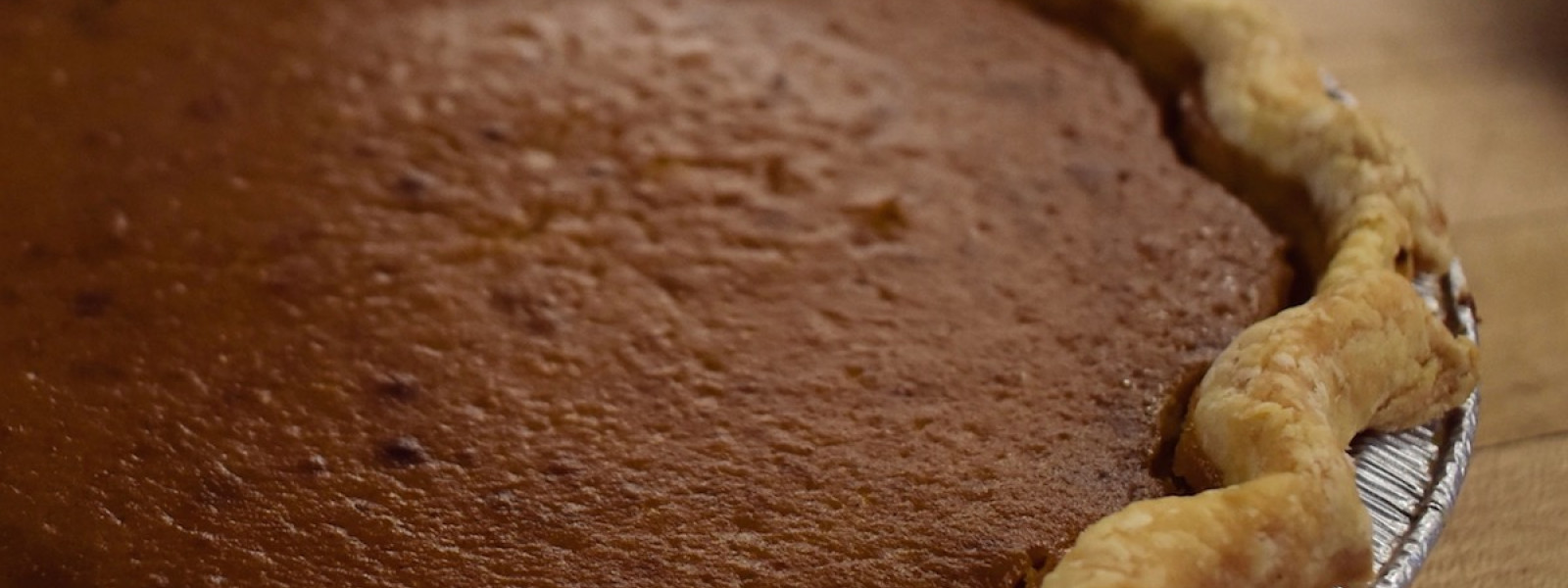Hold the Dairy, Sugar, and Flour?
Thanksgiving is a day of gastronomic indulgence. Loads of butter, cream, and sugar are used to create rich casseroles, smooth mashed potatoes and scrumptious pies. But, what if we were to celebrate the harvest without these ingredients? Dairy, sugar and wheat flour are not native to North America. They were brought by European settlers along with beef, honeybees, chickens, horses and more.
The pre-contact, northeastern indigenous diet consisted of wild game, cultivated crops like corn, sunflowers, beans, Jerusalem artichokes, and squash, tree nuts, and foraged wild edibles. The Abenaki perfected the art of maple sugaring as well. Maple syrup along with wild berries would have been the extent of sweet treats. The hyper local, gluten-free, dairy-free, practically sugar-free, traditional Native American diet was very healthy.
As Native Americans were forced onto reservations away from their native homelands they were also forced to rely on government commodities: canned goods, processed cheese, white flour, processed sugar, and lard for food. The negative side effects of this forced diet are numerous. But the complicated history of foods like frybread, made from the lard, flour, salt, and sugar of these government rations, also speak to the resilience of Native Americans.
Today, there are many organizations working to promote indigenous food sovereignty, native chefs preserving and amplifying Native American cuisine, and indigenous activists fighting for food and environmental justice. We invite you to learn more about their work and support these efforts by exploring the organizations below.
Indigenous Food Organizations
Indigenous Food Systems Network
North American Traditional Indigenous Food Systems







